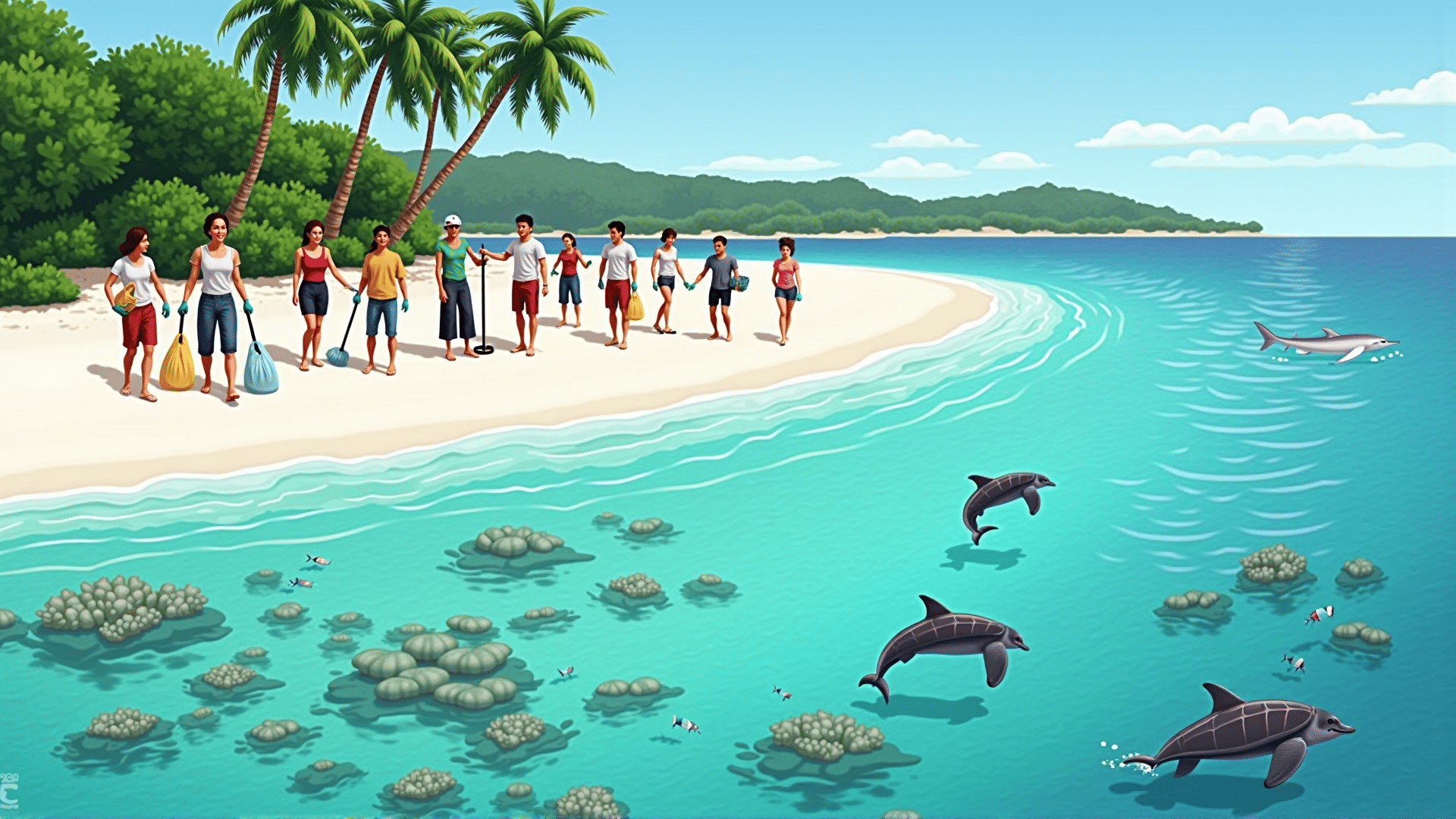The Philippines, an archipelago distinguished by its stunning coastlines and rich marine ecosystems, is on the frontline of efforts to safeguard marine biodiversity. Shielding these vital underwater habitats is crucial not just for the environmental health of the region but also for the communities that rely on these resources for their sustenance and way of life.
To tackle the threats facing its marine biodiversity, including overfishing, pollution, and climate change, the Philippines has embarked on several robust conservation initiatives. One notable effort is the establishment of marine protected areas (MPAs). These designated zones limit human activities to allow ecosystems to thrive, ensuring the survival of countless marine species. By allowing fish populations to recover and grow, MPAs also boost fish stocks that extend beyond their borders, benefiting local fisheries.
Community involvement is another key component of the national strategy. Coastal communities are encouraged to participate in the stewardship of the marine environment. Through education and capacity-building programs, locals learn sustainable fishing techniques and the importance of preserving marine habitats. Empowering individuals to act as custodians of their own environment fosters a sense of ownership and responsibility that is crucial for long-term success.
Furthermore, collaborative efforts between government agencies, local communities, and non-governmental organizations have been instrumental in addressing pollution. Initiatives to reduce plastic waste and other pollutants have been launched, and beach clean-up drives are becoming more frequent. These activities not only help in physical cleaning efforts but also raise awareness about the significance of maintaining clean and healthy coastlines.
Technological advancements are also playing a role in conservation efforts. Projects utilizing drones and underwater cameras aid in monitoring marine life and assessing the health of coral reefs. Data gathered through these endeavors help in making informed decisions and tailoring conservation strategies to address specific regional challenges.
Education is at the heart of these efforts. Diverse programs aiming to raise awareness about the unique marine ecosystems of the Philippines are in place, targeting diverse groups from school children to policymakers. By highlighting the intrinsic value of the marine environment, these educational initiatives hope to foster a culture of respect and care for the oceans that will resonate with future generations.
Ultimately, the drive to protect marine biodiversity in the Philippines is a testament to the collective will to create a balance between human activity and the natural world. By adopting sustainable practices and nurturing a shared vision for a thriving marine environment, the rich marine life along the Philippine coastlines is more likely to endure, ensuring that these natural treasures can be enjoyed for generations to come.
